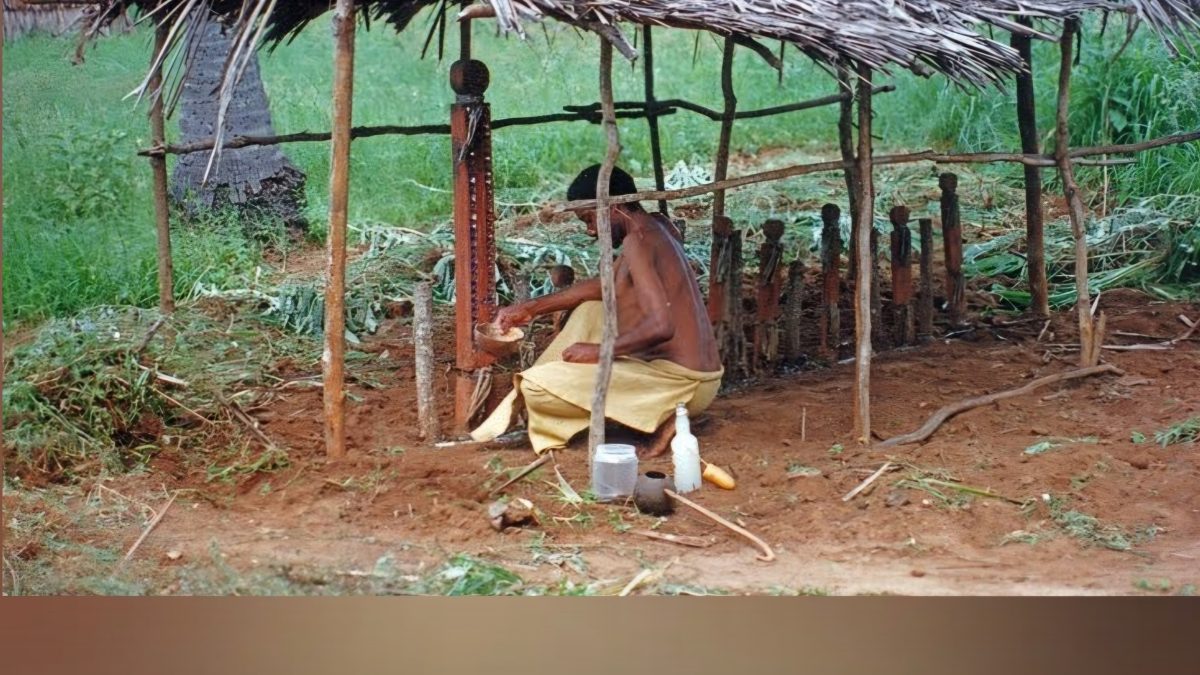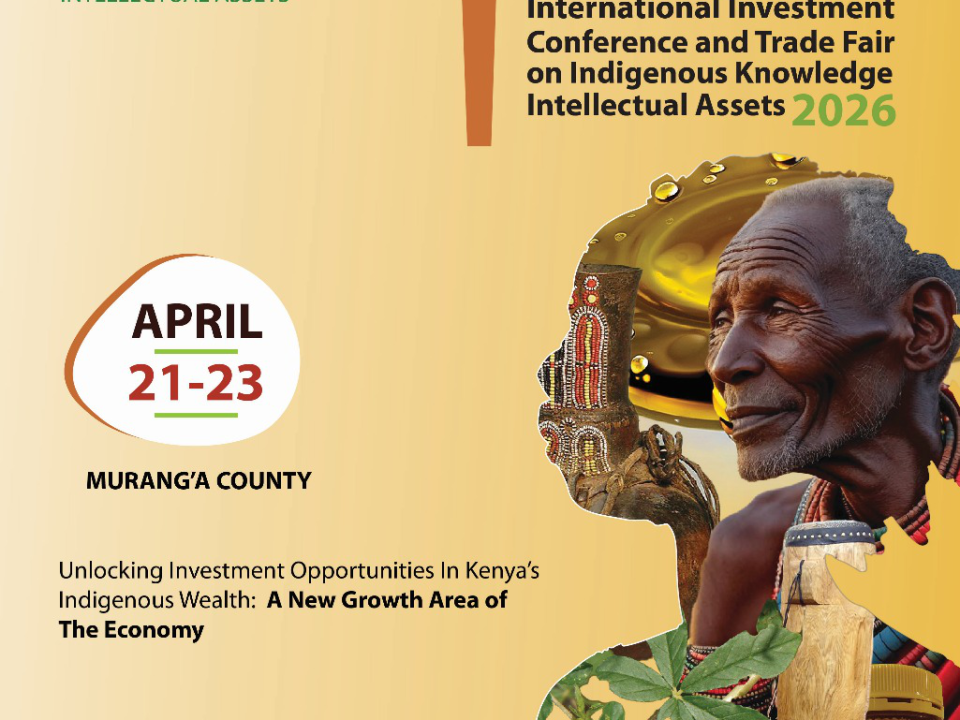
Turkana Boy: Kenya’s Eternal Ambassador
January 17, 2025
Cancer Palliative Garden: A Sanctuary of Hope and Healing
January 25, 2025By Lilian Mwenda
Celebrating Kenya’s Eight UNESCO World Heritage Site
On July 27, 2024, Kenya achieved a historic milestone with the inscription of the Historic Town and Archaeological Site of Gedi as a UNESCO World Heritage Site. This landmark achievement brought immense pride not only to the National Museums of Kenya (NMK) but also to the nation at large. While the recognition of a site as a World Heritage Site may seem straightforward, the process is anything but simple. It involves rigorous preparation, dedication, and collaboration.
The Journey to UNESCO World Heritage Status
Becoming a UNESCO World Heritage Site involves a rigorous, multi-step process, guided by the Operational Guidelines for the Implementation of the World Heritage Convention. The process ensures that only sites of Outstanding Universal Value (OUV) are inscribed, and it includes:
- Tentative List Submission
A country begins by preparing a Tentative List, which forecasts the significant cultural and natural heritage sites that may be nominated within the next five to ten years. - Identification of Outstanding Universal Value (OUV)
For Gedi, its OUV lies in its role as a Swahili settlement integral to the Indian Ocean trading network. Gedi exemplifies cultural exchanges between African, Islamic, and Indian Ocean traditions. - Nomination Dossier Preparation
A comprehensive nomination dossier is then prepared. This document provides detailed evidence of the site’s significance, authenticity, and conservation strategies. For Gedi, NMK’s dedicated team—including Hosea Wanderi (World Heritage Sites), Hussein Aden (Curator of Gedi), and Mohammed Menje (Curator of Lamu)—played a pivotal role in compiling the submission. - Evaluation by Advisory Bodies
The dossier undergoes a rigorous review by advisory organizations, including the International Council on Monuments and Sites (ICOMOS) and the International Union for Conservation of Nature (IUCN). These bodies evaluate the site’s OUV, protection measures, and management. - World Heritage Committee Decision
The final decision is made during the annual World Heritage Committee session, where Gedi’s inscription was unanimously approved based on its OUV and adherence to the nomination criteria.
Gedi’s Fulfillment of UNESCO Criteria
The Historic Town and Archaeological Site of Gedi met three specific UNESCO criteria:
- Criterion (ii): Demonstrates an interchange of human values through its unique Swahili architecture, influenced by African, Islamic, and Indian Ocean trade.
- Criterion (iii): Bears exceptional testimony to Swahili cultural traditions and its role in maritime trade and cultural exchange.
- Criterion (iv): Represents an outstanding example of a Swahili settlement integrated into a global trading network.
Why World Heritage Status Matters
Gedi’s inscription as a UNESCO World Heritage Site is more than a badge of honor—it holds significant benefits for Kenya, including:
- Global Recognition: Enhances the visibility of Kenya’s cultural heritage on an international platform.
- Increased Tourism: Attracts visitors from around the world, boosting local economies and creating job opportunities.
- Conservation and Funding: Brings global attention and resources to ensure the preservation of the site.
- Cultural Pride: Fosters national pride and a sense of ownership among Kenyans.
Kenya’s Eight World Heritage Sites
With Gedi’s inclusion, Kenya now boasts eight UNESCO World Heritage Sites with most under National Museums of Kenya.
- Gedi World Heritage site- A testament to Swahili architectural and cultural heritage.
- Lamu Old Town (Cultural): The oldest Swahili settlement in East Africa.
- Fort Jesus, Mombasa (Cultural): A 16th-century Portuguese fort.
- Thimlich Ohinga Archaeological Site (Cultural): Unique stone-walled settlements in the Lake Victoria basin.
- Sacred Mijikenda Kaya Forests (Cultural): Sacred forests tied to Mijikenda traditions.
- Lake Turkana National Parks (Natural): Highlights ecological and evolutionary importance.
- Mount Kenya National Park/Natural Forest (Natural): A biodiversity hotspot surrounding Africa’s second-highest peak.
- Kenya Lake System in the Great Rift Valley (Natural): A critical habitat for migratory birds.
Globally, Africa accounts for only about 10% of UNESCO World Heritage Sites, highlighting the continent’s underrepresentation. The recognition of Gedi underscores the importance of showcasing Africa’s diverse heritage and contributes to correcting this imbalance.
The inscription of Gedi reminds us of Kenya’s rich cultural legacy and its potential for future nominations. As Kenya continues to preserve and protect its heritage, the hope is that more sites will join this prestigious list, further amplifying the nation’s global cultural and natural significance.




